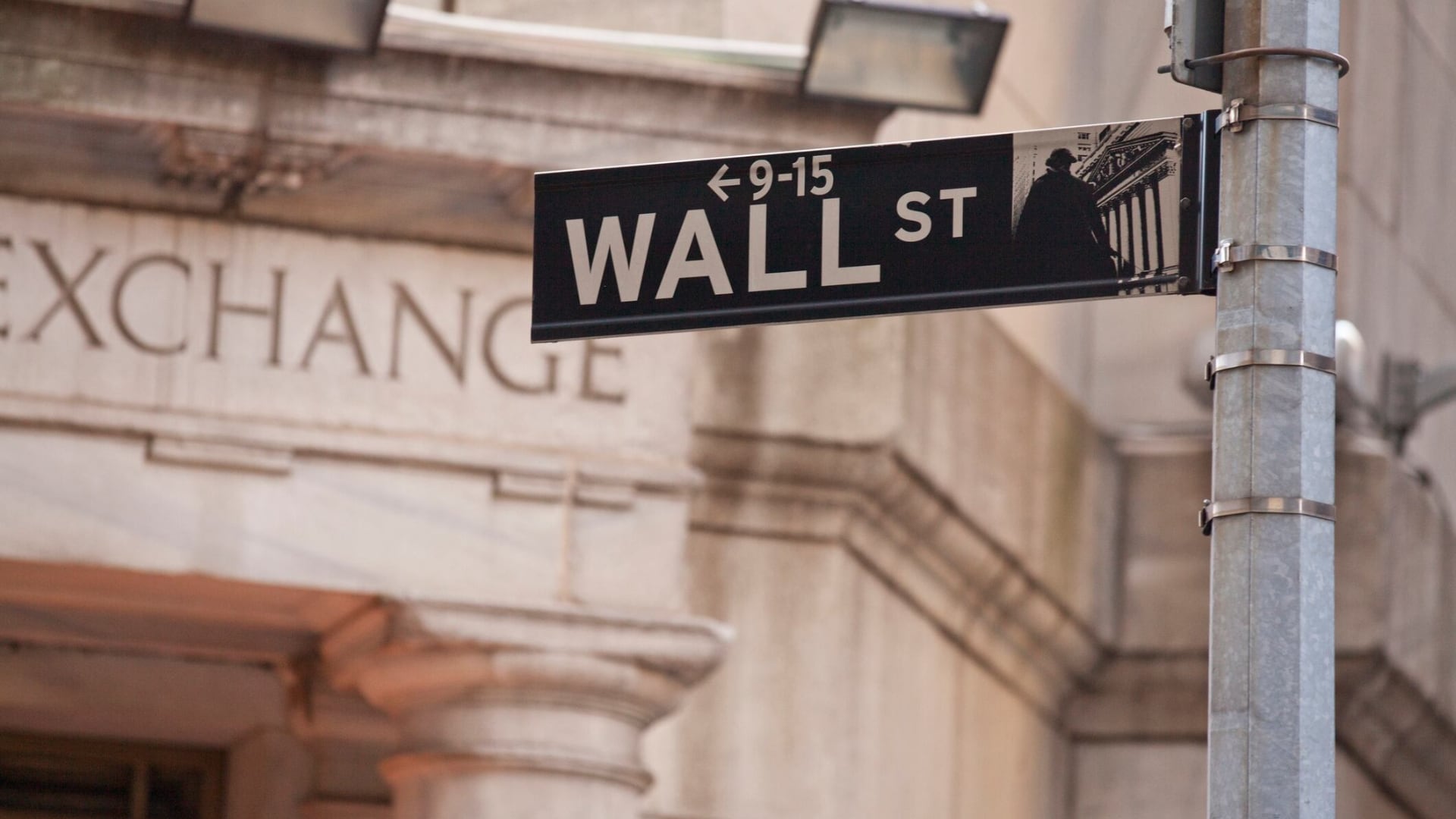*By Tanaya Macheel* Institutional investors changed the cryptocurrency market in 2018, veering away from their blockchain-not-bitcoin attitudes and trying out strategies for entering the new crypto asset class. Fidelity, one of the largest asset managers in the U.S., introduced a crypto asset spin-off dedicated to crypto custody and investing, for example. And top college endowments — including Yale, Harvard, MIT, Stanford, Notre Dame, and the University of North Carolina — began investing in crypto. High-net-worth individuals, typically the biggest buyers of hefty cryptocurrency transactions, have been replaced by hedge funds now privately transacting $100,000 or more at a time. But in 2019, institutional money won’t be flowing into crypto as quickly as many expect. For a hedge fund, $100,000 isn’t very much money. Goldman Sachs, Morgan Stanley, and Citigroup — which overcame their skepticism in digital assets to wade in when bitcoin prices were soaring at the end of 2017 — seem to have lost momentum in their crypto businesses with the bear market. Now, there has to be a clearer narrative on the need for these assets, as well as some market recovery. “It is still not clear what most crypto assets will be used for in the future,” said Steve Ehrlich, chief operating officer of the Wall Street Blockchain Alliance. “Since the market has crashed, there is no pressing need for institutions to move into a market that they do not clearly understand. Companies like Fidelity are looking to usher this in, but they may be a little too optimistic.” Determining whether or not digital tokens are currencies, securities, utility tokens, or something else entirely will be vitally important in determining their future use, demand, and valuation. (For example, high rolling investors typically don't invest in utility tokens, which are blockchain-based tokens typically used as a method of fundraising for the start-up that issues them. Those who invest in them fund the development of the startup’s cryptocurrency and can use them purchase a good or service offered by the startup at a later time.) “If we consider, say, endowments, those I've spoken with understand the value prop of bitcoin as digital gold, however they find it hard to establish an investment thesis that now is the right time to buy,” said Angus Champion de Crespigny, the former blockchain division head at Ernst & Young and an advisor to various bitcoin, cryptocurrency, and identity infrastructure projects. “Traditional institutions get nervous exposing their customers to such volatile assets as well. I can see traditional institutional investors waiting some time to see how stable the asset becomes and to gain comfort in other fundamental market concerns, such as the presence of massive whales with the ability to move the market significantly.” If the Securities and Exchange Commission approves at ETF application in 2019, it would have a positive impact on institutional money flows because it would ease entry for institutional investors who want access to crypto assets, but don’t want to hold them themselves. An ETF approval would bring some legitimacy and maturity to the space, but that is difficult to predict, Ehrlich said. The current market volatility probably creates increased chances that there are manipulative trading activities as it becomes harder to monitor over-the-counter trading and exchanges at the same time. Crypto has regulators’ attention, but there still isn’t clarity from them on how to regulate these crypto assets. The Securities and Exchange Commission — which has been pretty industry-positive about its commitment to ensuring the marketplace is safe and sustainable — still hasn’t said outright what it considers a security in this world. Pascal Bouvier, a fintech venture capital investor, agrees more clarity and explanation is required for the digital token economy to flourish. “Valuation methods are still being tinkered with or cannot be fleshed out to the point where that alone would give justification and cover for institutional investors to invest at scale,” he said. And he’s unsure valuation methods can even reach that point, for now. “Sentiment and momentum is heat framework. Many folks are trying to fit monetary frameworks to coins. There’s still no winner and more exploration is needed.” For full interview [click here](https://cheddar.com/videos/what-bitmains-layoffs-mean-for-upcoming-ipo).












